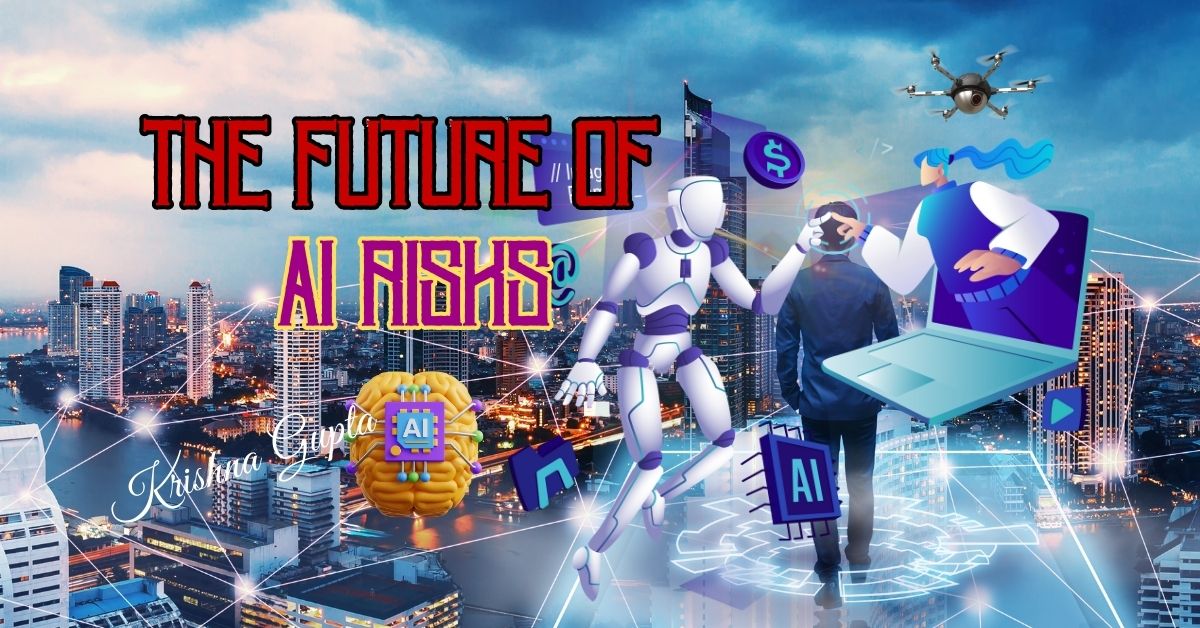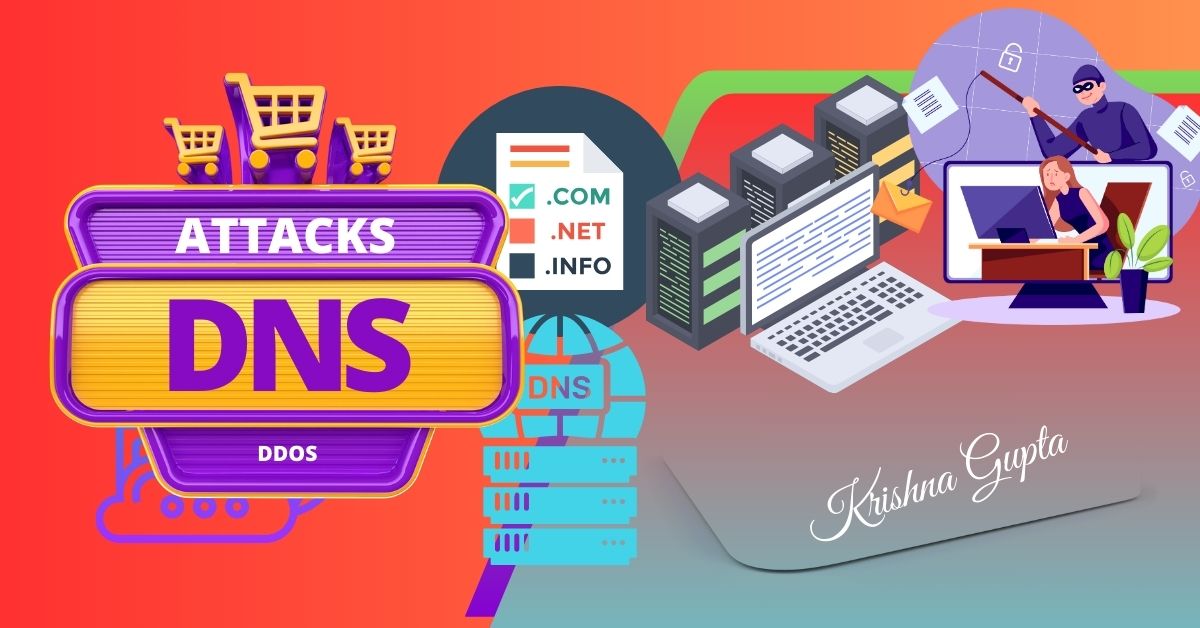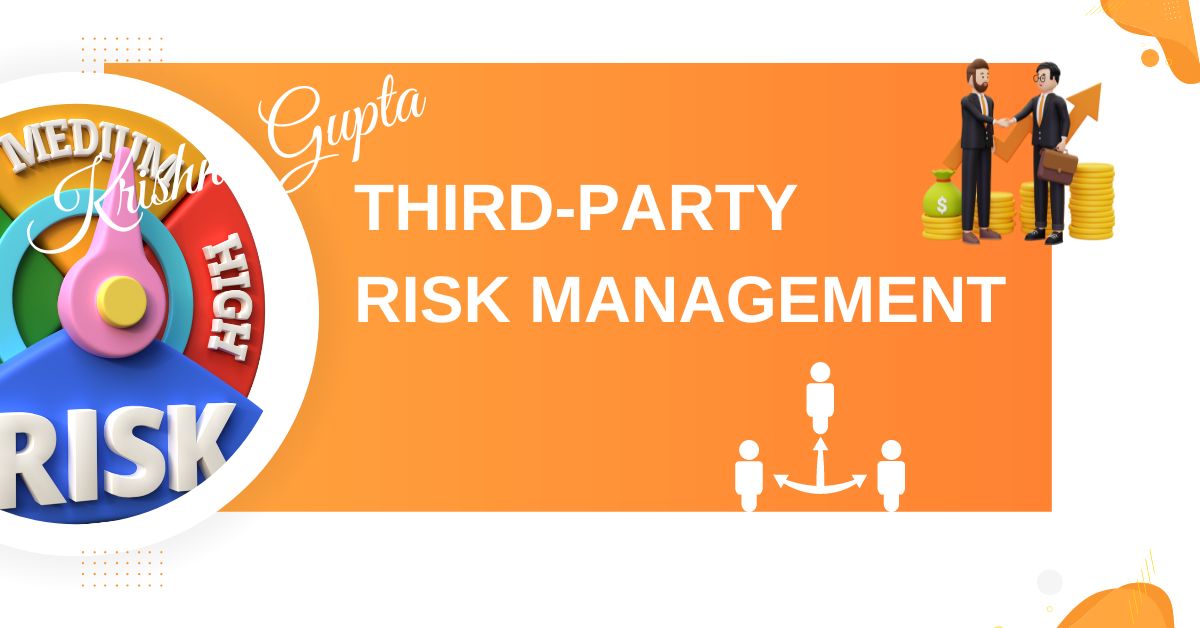The digital landscape is a complex ecosystem where companies of all sizes rely on the seamless functioning of their IT infrastructure. The Domain Name System (DNS) is at the heart of this infrastructure, a critical component that converts human-readable domain names into machine-readable IP addresses. While often overlooked, the DNS is a prime target for cybercriminals. This blog post will delve into the world of DNS attacks, examining the specific threats posed to C-Suite executives and MSME business owners. We will explore the various types of DNS attacks and their implications and provide actionable steps to mitigate risks.
DNS attacks seriously threaten businesses in today’s digital age. By understanding the different types of attacks, their potential impact, and the available mitigation strategies, C-Suite executives and MSME business owners can make informed decisions to safeguard their organisations. By implementing a layered security approach that combines best practices, incident response planning, and advanced techniques, businesses can bolster their defences and ensure their critical DNS infrastructure’s continued availability and integrity.




